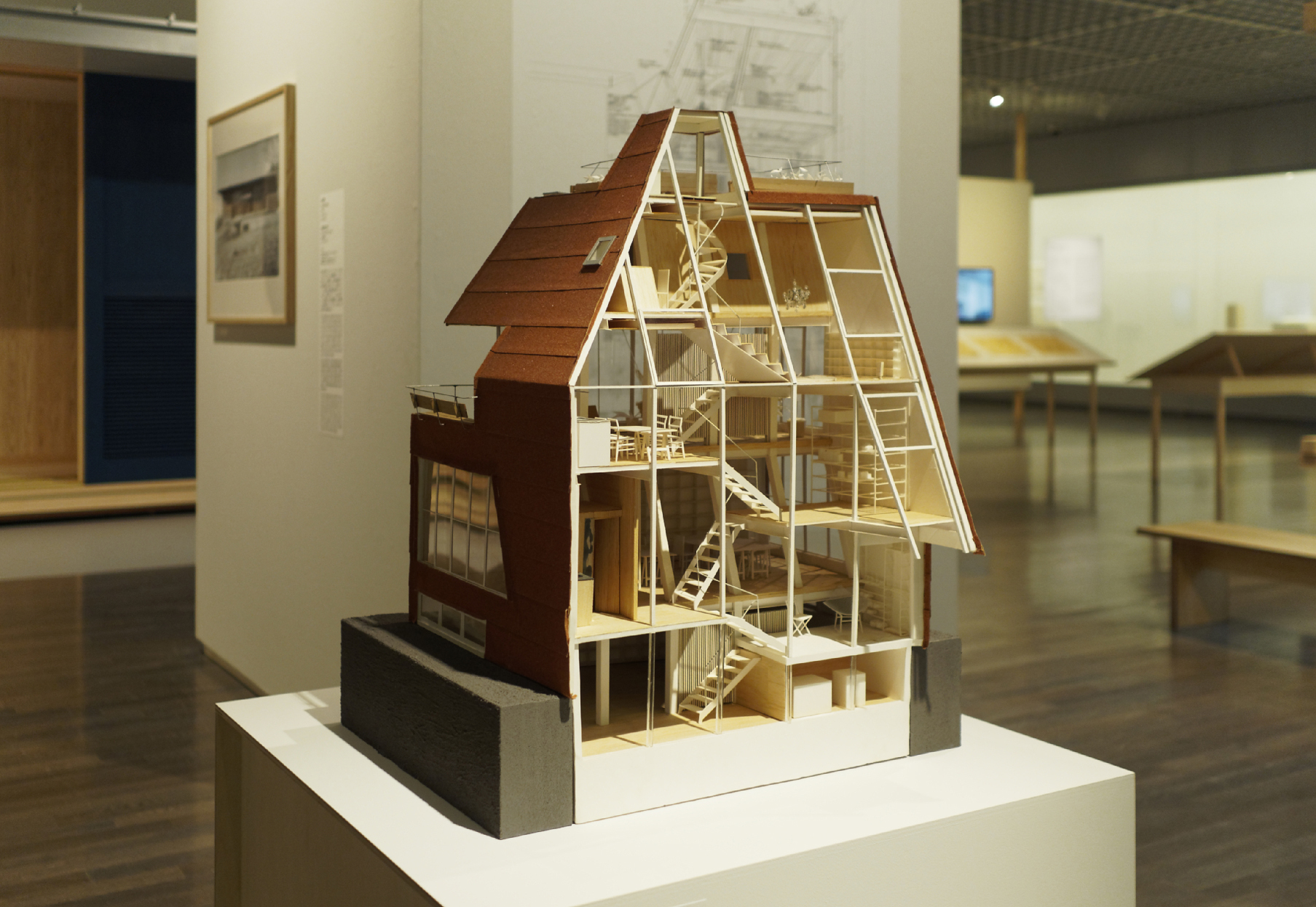After very successful runs in Rome and London, "The Japanese House: Architecture and Life after 1945," an exhibition of maquettes, photographs, plans and drawings, is now in the National Museum of Modern Art, Tokyo.
For providing an extensive look at varied and eclectic forms that architects have created in postwar Japan, the price of admission is fully justified, but the exhibition is more than that. The design of Japanese houses is explored here as a series of inquiries and arguments as to how life may be defined or transformed by the space of the home.
It's not, however, the story of how the majority of Japanese people live. One of the main objectives of the exhibition is to celebrate the awkward and contrary, the exceptions that collectively provide an inverse image of postwar mass society in Japan. As MOMAT curator Kenjiro Hosaka puts it in his catalogue essay "On the Geneologies of the Japanese House after 1945," "Japanese houses criticize." Taking the term "geneology" from Michel Foucault, who in turn took it from Friedrich Nietzsche's dismantling of Christian morality and Western philosophy, the exhibition as a whole is presented as an extended exploration of the house as a form of discourse, with propositions, rebuttals, anecdotes and jokes.

















With your current subscription plan you can comment on stories. However, before writing your first comment, please create a display name in the Profile section of your subscriber account page.